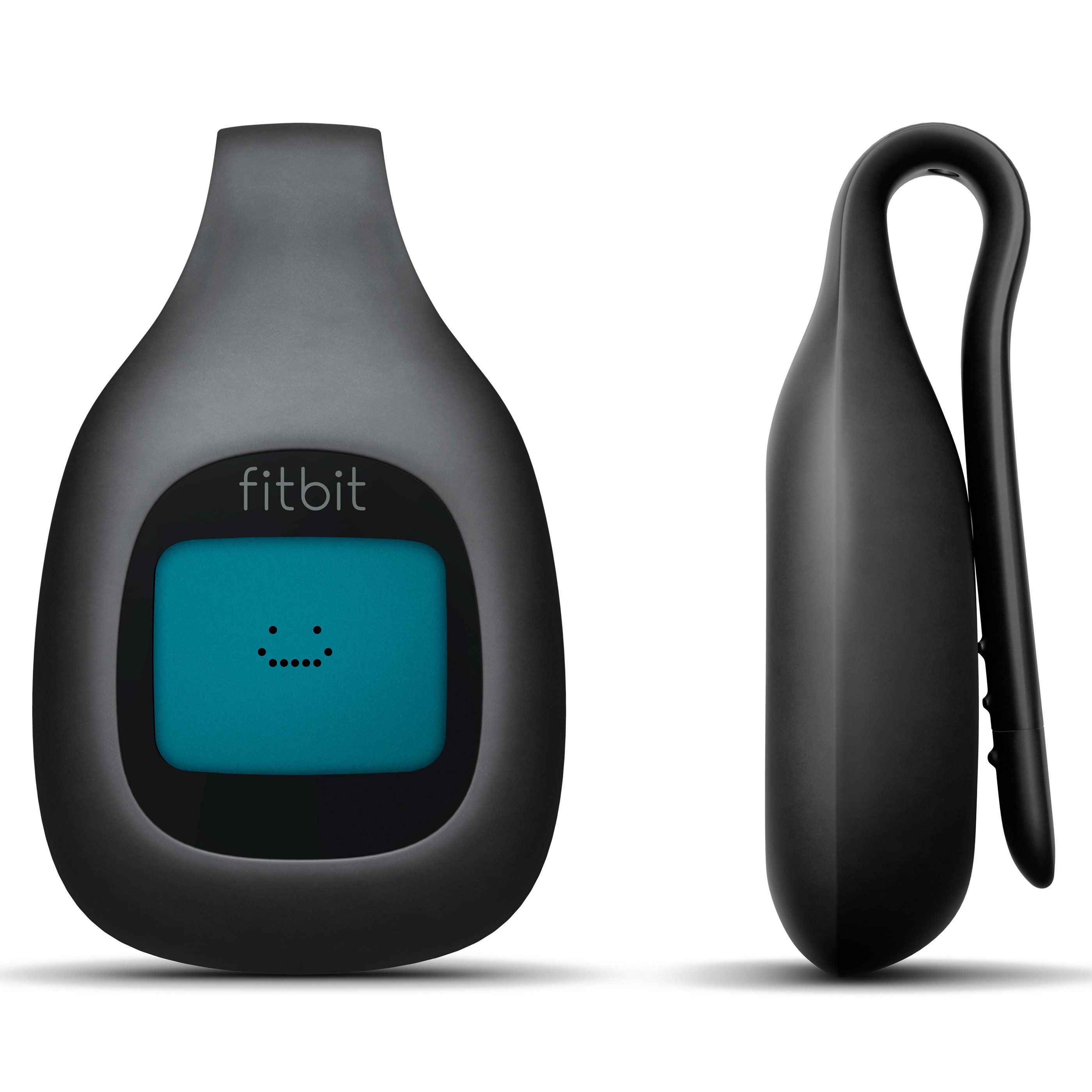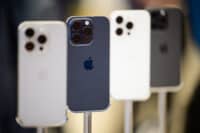

When companies are considered to be one-product wonders, they often have to move into new products not just tied to their first product. In many other cases, they just need to expand their existing product into new demand sources. This may sound like the same end result, but they are not necessarily viewed the same by investors.
A positive research report on Fitbit Inc. (NYSE: FIT) drove the stock higher on Thursday, but there are some admissions here which might actually cap some of the strong views ahead. Some of the biggest Fitbit bulls might not view this new research call very positively at all.
Wedbush Securities initiated Fitbit coverage with an Outperform rating and the firm assigned an $18.00 price target. Thursday’s analyst report came from Michael Pachter and Nick McKay.
Their view is that Fitbit has a long runway for continued growth, and they see his overcoming fears of a commoditization and concerns over the firm’s innovation.
The firm’s $18.00 price target is based upon just 12 times the firm’s Fiscal Year 2017 earnings estimate of $1.50 EPS and just over 1.1 times the firm’s 2017 revenue estimate of $3.15 billion. As far as how the Fitbit bulls might view this call, this is actually a sub-consensus price target.
The Wedbush team does see value here. They said:
Given that Fitbit is already profitable and expects to grow earnings significantly in 2016, we think that a P/E multiple comfortably in the low double digits is justified. We expect shares to trade closer to our price target as positive quarterly results momentum continues and it makes tangible strides in its accessories and corporate wellness efforts.
Wedbush’s view is that Fitbit can grow its base. The report said:
We believe that Fitbit shares are currently undervalued given a long runway remaining from an installed base perspective, as well as relatively untapped accessory, co-branding, and corporate wellness opportunities. We believe that these positive factors outweigh the risk of commoditization over the next few years and a seemingly slowing pace of technological innovation.
Wedbush noted that Fitbit ended 2015 with just under 17 million active users, but the first quarter of 2016 ended up with an installed base of just over 43 million devices. Wedbush thinks that this install base is a tiny fraction of the number of people worldwide who could benefit from a fitness tracker (healthy and not healthy alike). On the Commoditization fears, the Wedbush team said:
We do not see commoditization as a threat over the next several years. First, wearing a Fitbit sends a strong statement to one’s peers, while wearing a generic knock-off does not (at least not a positive message). Second, a large marketing budget has made “Fitbit” interchangeable with “fitness tracker” for many people, regardless of manufacturer. Third, because of this brand awareness, we believe that corporate wellness buyers will be more willing to buy Fitbit products than those of its peers. Finally, we believe that many consumers are willing to spend more on a product that relates to monitoring their health than on one that does not.
All upside noted, one thing that Wedbush’s analysts do point out is that the pace of innovation does appear to be slowing. They even noted that a study of the feature sets of the newest Fitbit devices is somewhat akin to a game of musical chairs. They said that some new features make the cut and certain pre-existing ones drop off. They did warn:
Many investors will expect Fitbit to unveil a differentiating feature when the next set of products launches. Given the extended period of time and sizeable investment needed for such a feature, it may be unreasonable to expect such an introduction later in 2016.
Still, to fight the argument of innovation dropping, the team said that Fitbit’s newest products (Alta and Blaze) are both off to strong starts. Several other notes within this analyst report were seen as follows:
- Investor concerns around competition from the Apple Watch appear to be overblown at this point in time.
- We do not expect the iPhone or other smartphones to lead to Fitbit’s demise.
- Fitbit has significantly increased its sales and marketing spending in recent years to fortify its market leadership position.
- Fitbit’s success is not confined to the United States only, with increasing revenue diversification by geography.
- In conjunction with its geographic expansion efforts, Fitbit is making a large push into the Chinese market.
- Fitbit is already a profitable company despite its relative youth.
- Lock-up restrictions have already expired.
- We view accessories and subscriptions as relatively untapped growth opportunities going forward.
- We believe that Fitbit could drive meaningful incremental sales of its products through increased co-branding.
- Fitbit’s market share, intellectual property portfolio, and valuation could make it an appealing acquisition target.
Some risks and concerns were cited as follows:
- The pace of innovation seems to be subsiding somewhat based upon Fitbit’s most recent releases.
- The threat of ramping competition from Apple, Garmin, Xiaomi, and other wearables manufacturers is likely to compress Fitbit’s multiples for the foreseeable future.
- Larger companies, including high-profile consumer electronic companies, could decide to enter the wearables market.
- Fitbit will need to develop recurring revenue streams to lower the impact of seasonality and decrease its dependence on successful new product launches.
- Management will have a difficult time convincing certain investors that Fitbit’s success isn’t merely a fad.
- Profitability is more heavily weighted towards the back half of the year in 2016 than in the prior two years.
- Fitbit shares have traded down significantly since its initial and follow-on offerings, with its quarterly prints compounding losses for investors.
- Fitbit has a dual class share structure.
- Fitbit’s products, most notably the Fitbit Force, have caused allergic reactions in the past.
OK, so that’s pretty much a both sides of the coin view of this new Outperform rating. Fitbit shares were up 3.4% at $14.59 shortly before Thursday’s closing bell. Fitbit’s consensus analyst price target is even high at $22.56, and its 52-week range is $11.91 to $51.90.
Sponsored: Find a Qualified Financial Advisor
Finding a qualified financial advisor doesn’t have to be hard. SmartAsset’s free tool matches you with up to 3 fiduciary financial advisors in your area in 5 minutes. Each advisor has been vetted by SmartAsset and is held to a fiduciary standard to act in your best interests. If you’re ready to be matched with local advisors that can help you achieve your financial goals, get started now.
Thank you for reading! Have some feedback for us?
Contact the 24/7 Wall St. editorial team.



